Towards Abstraction, 1940-1985: Brett Weston Photographs from the Bruce Museum Collection
November 5, 2016 - February 12, 2017
Supported by the Deborah G. and Charles M. Royce Exhibition Fund and Connecticut Office of the Arts.
Throughout his nearly seventy-year career, Brett Weston (1911-1993) was obsessed with abstracted micro-images of reality as well as of cities and landscapes captured by a long telephoto lens that diminished the depth of field, thus flattening the image. Weston used a medium or large-format camera and contact printed on high-gloss paper directly from the negative, selecting his subjects carefully rather than manipulating in the dark room. The subjects, always from nature, became increasingly less recognizable as time progressed.
He often combined groups of photographs in portfolios and although only a few portfolios were actually labeled “Abstractions,” most share Brett Weston’s signature abstract and flattened style.
“Whatever the subject, the images are crisp, flattened, black and white, and brilliantly composed, but not staged,” notes Susan Ball, Bruce Museum Deputy Director and curator of the exhibition.
Brett Weston gained international recognition at the age of seventeen, when he was included, with his father, Edward Weston, in an avant-garde exhibition at Film und Foto in Stuttgart, Germany, in 1929. Three years later he had his first one-person museum retrospective in San Francisco and frequently exhibited in the 1930s with the California group of photographers known as Group f.64, named for the aperture setting.
The works in this exhibition come primarily from the 1940s through the 1980s and are a gift from the Christian Keesee Collection. They represent a portion of the gift received from collector and philanthropist Christian Keesee, who acquired the vintage prints from the Brett Weston Estate in 1996, Keesee created an archive in 1997 to organize and catalog the works as well as to increase the public awareness of the artist.



